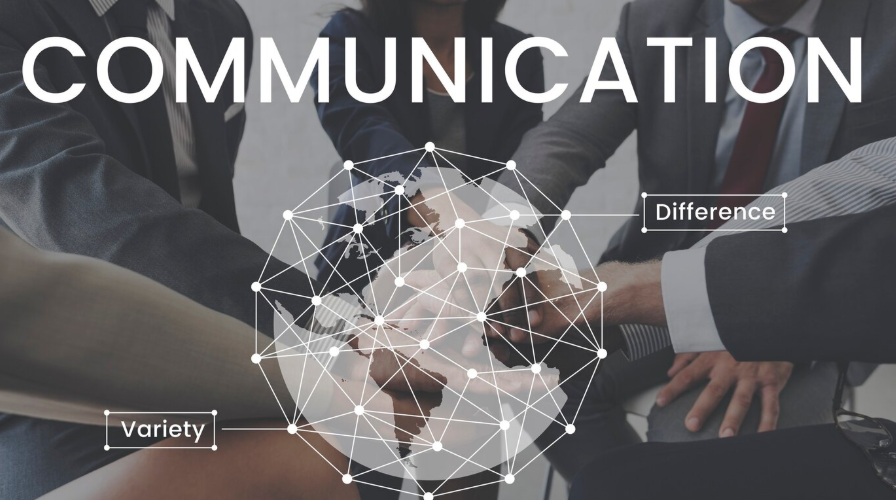
When Southwest Airlines faced massive flight cancellations during the 2022 holiday season, their initial response was slow and defensive. The result? A PR nightmare that cost them millions in lost revenue and damaged customer trust. Meanwhile, when Tylenol discovered cyanide-laced capsules in 1982, their immediate, transparent response became the gold standard for crisis management.
The difference between these outcomes lies in one crucial factor: the quality of their crisis response strategies.
This guide will walk you through proven techniques for crafting crisis responses that not only minimize damage but can actually strengthen your brand’s reputation. You’ll learn how to respond quickly, communicate effectively, and turn potential disasters into opportunities for building trust.
Understanding Crisis Response Fundamentals
Crisis response is your organization’s planned reaction to unexpected events that threaten your reputation, operations, or stakeholder relationships. These events can range from product recalls and data breaches to natural disasters and social media controversies.
Effective crisis responses share three key characteristics:
- Speed: Quick acknowledgment and initial response
- Transparency: Honest communication about what happened
- Accountability: Taking responsibility where appropriate
The stakes couldn’t be higher. Poor crisis management can destroy decades of brand building in days. Conversely, organizations that handle crises well often emerge stronger than before.
The 5-Step Crisis Response Framework
Step 1: Assess and Acknowledge Immediately
The first 24 hours of a crisis are critical. Your immediate priority is understanding what happened and acknowledging the situation publicly.
Start by gathering facts from reliable sources within your organization. Avoid speculation or assumptions. If information is still coming in, it’s perfectly acceptable to say “we’re investigating and will provide updates as we learn more.”
Your initial acknowledgment should be brief but empathetic. Acknowledge that something has happened, express concern for those affected, and commit to providing more information soon.
Step 2: Take Responsibility Where Appropriate
This step separates great crisis responses from mediocre ones. Many organizations instinctively become defensive, but taking responsibility when warranted builds credibility.
If your organization made a mistake, own it clearly. Use direct language like “we made an error” rather than passive phrases like “mistakes were made.” If you’re not at fault, focus on what you’re doing to help rather than placing blame elsewhere.
Remember that taking responsibility doesn’t mean accepting legal liability. Work with your legal team to find language that’s both honest and legally appropriate.
Step 3: Communicate Your Action Plan
People want to know what you’re doing to fix the problem and prevent it from happening again. Your action plan should address both immediate remediation and long-term prevention.
Be specific about timelines, resources, and responsible parties. Vague promises like “we’ll do better” don’t build confidence. Instead, outline concrete steps: “We’re implementing new security protocols by March 15th and hiring a cybersecurity firm to conduct monthly audits.”
Learn about Social Media Policies
Step 4: Show Empathy and Human Connection
Crises affect real people. Your response must acknowledge the human impact, not just the business implications.
Use language that shows you understand how the situation affects your customers, employees, or community. Share stories from leadership that demonstrate personal investment in resolving the issue.
Avoid corporate jargon and speak in plain language. The goal is to sound like concerned humans, not a PR machine.
Step 5: Follow Through Consistently
Your crisis response doesn’t end with the initial statements. Consistent follow-through is essential for rebuilding trust.
Provide regular updates on your progress, even if there’s no major news to share. Keep your promises about timelines and deliverables. If circumstances change, explain why and adjust expectations accordingly.
Document your actions and results. This creates a track record of accountability that will serve you well in future communications.
Don’t miss our latest blog Social Media Policies to Prevent Crises
Key Communication Strategies

Choose the Right Channels
Different crises require different communication approaches. Social media works well for quick updates and broad reach, but sensitive situations may require more personal channels like direct emails or phone calls.
Consider your audience’s preferences and the nature of your message. Technical explanations might work better in blog posts or emails, while emotional appeals may be more effective on video platforms.
Control Your Message Timing
Timing can make or break your crisis response. Respond too quickly without adequate information, and you risk sharing inaccurate details. Wait too long, and you appear unresponsive or uncaring.
Establish a communication schedule that balances speed with accuracy. Commit to providing updates at regular intervals, even if it’s just to say “we’re still investigating and will have more information by [specific time].”
Maintain Consistent Messaging
Ensure everyone in your organization shares the same key messages. Mixed signals from different spokespeople create confusion and undermine credibility.
Create a central source of approved messaging that all team members can reference. This includes not just official statements but also guidance for informal conversations and social media interactions.
Common Crisis Response Mistakes to Avoid
The Ostrich Approach
Ignoring a crisis hoping it will disappear almost never works. Silence is often interpreted as guilt, indifference, or incompetence. Even if you don’t have all the answers, acknowledging the situation and committing to transparency is better than saying nothing.
Over-Promising and Under-Delivering
Making commitments you can’t keep damages credibility far more than the original crisis. Be realistic about what you can deliver and when. It’s better to under-promise and over-deliver than the reverse.
Focusing Only on Legal Protection
While legal considerations are important, responses that sound like they were written entirely by lawyers often lack the human touch that builds trust. Work with your legal team to find language that’s both protective and authentic.
Neglecting Internal Communications
Your employees are your most important ambassadors during a crisis. They need to understand the situation and your response plan so they can represent your organization accurately to customers, partners, and their own networks.
Building Your Crisis Response Team
Essential Team Members
Your crisis response team should include representatives from communications, legal, operations, and senior leadership. Each member brings unique expertise and perspectives.
Designate primary and backup spokespeople for different types of crises. Not every situation requires the CEO to be the face of your response.
Pre-Crisis Planning
Develop crisis response templates and protocols before you need them. This includes contact lists, approval processes, and communication channels.
Practice your crisis response with tabletop exercises. These simulations help identify gaps in your planning and build muscle memory for high-pressure situations.
Training and Preparation
Ensure your team understands their roles and responsibilities. Provide media training for designated spokespeople and communication training for all team members.
Review and update your crisis response plans regularly. What worked five years ago may not be appropriate for today’s media landscape and stakeholder expectations.
Measuring Crisis Response Effectiveness
Key Metrics to Track
Monitor both quantitative and qualitative indicators of your response effectiveness. Quantitative metrics might include media coverage sentiment, social media engagement, customer retention rates, and financial impact.
Qualitative indicators include the tone of customer feedback, employee morale, and stakeholder confidence levels.
Learning from Each Crisis
Conduct post-crisis reviews to identify what worked well and what could be improved. These lessons become invaluable for future crisis preparation.
Document your learnings and share them across your organization. Crisis response is a skill that improves with practice and reflection.
Industry-Specific Considerations
Technology and Data Privacy
Tech companies facing data breaches need to balance transparency with security concerns. Focus on what users need to know to protect themselves while working with law enforcement and security experts.
Healthcare and Safety
Healthcare crises require extra sensitivity around patient privacy and medical accuracy. Ensure all communications are reviewed by medical professionals and legal experts.
Financial Services
Financial crises often involve regulatory reporting requirements and complex stakeholder relationships. Coordinate your communications with regulatory bodies and ensure compliance with all disclosure requirements.
Turning Crisis Into Opportunity
The best crisis responses don’t just minimize damage—they demonstrate organizational values and character in ways that actually strengthen stakeholder relationships.
Johnson & Johnson’s Tylenol response became a case study in social crisis management excellence. Their willingness to prioritize customer safety over short-term profits, combined with transparent communication, actually increased market share in the long term.
Look for opportunities to demonstrate your organization’s values through your crisis response. How you handle adversity reveals more about your character than how you handle success.
Moving Forward Stronger

Effective crisis response is both an art and a science. It requires careful planning, skilled execution, and genuine commitment to stakeholder wellbeing.
The organizations that handle crises best are those that prepare thoroughly, respond quickly and transparently, and follow through consistently on their commitments. They understand that crisis response is ultimately about relationships—with customers, employees, partners, and communities.
Start building your crisis response capabilities today. Review your current plans, assemble your team, and practice your protocols. The next crisis may be unpredictable, but your response doesn’t have to be.
Remember that every crisis is also an opportunity to demonstrate your organization’s values and build stronger relationships with stakeholders. With the right approach, you can emerge from any crisis stronger and more trusted than before.



















No Comments